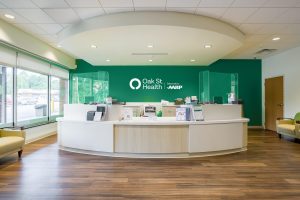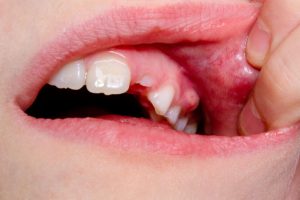Content Attributes
Healthcare has been a tricky subject in many areas for a long time now. Both in terms of servicing enough patients as well as providing adequate opportunities for those who want to build a career in the field. However, we’ve seen many changes over the last decade that have made the situation noticeably better in various ways. A good number of those improvements can be traced back to technological advancements. We’re now capable of much more than ever before, and the field is more open to newcomers. Including those who don’t want to specifically pursue medical education.
Improved Access to Education and Training
There are lots of opportunities to obtain a medical degree nowadays. And going through the traditional university route is only one of them at this point. There programs specifically aimed at people with little time but who want to get a running start. Accelerated nursing programs have been gaining a lot of popularity for this reason, with institutions like Baylor offering great options. And there has been a lot of interest in the idea of working as a nurse lately. It’s a great way to contribute to healthcare without going through the traditional medical degree path, and all the challenges that come with it.
Specializations That Don’t Require Medical Education
Nursing is just the top of the iceberg for those who want to make a difference in healthcare. But aren’t interested in becoming a physician. For example, those with an affinity for programming and/or statistics can contribute heavily to research in machine learning algorithms fine-tuned for medical data.
Artificial intelligence and related fields have played a major role in the transformations. That we’ve seen in healthcare in recent years, and there is plenty of room for new candidates right now. This is a fantastic opportunity to do some direct work that makes a difference and connect to a number of specialists in various fields.
More Opportunities to Connect with Patients
Doctors aren’t limited to physical contact for performing various routine evaluations and consultations anymore. Remote check-ups are becoming more and more common around the world, and not just in developed countries either. It will take some time before this becomes a “normal” trend though, especially with regards to some obstacles on the legal front that have to be overcome. But there is already a lot of progress in the area, and it’s clear that there is a lot of unrealized potential here. In some cases, even small, relatively uncomplicated procedures may be performed completely remotely. Opening huge new doors when it comes to resolving some of the common bottlenecks in healthcare.
More Accurate Diagnoses
Something else that physicians can benefit from in the course of their daily work is the assistance of advanced diagnostic tools. That can evaluate patients’ conditions from multiple perspectives, and contribute to the final diagnosis provided by the physician. Modern solutions in this field are capable of “spotting” conditions based on factors that would normally evade the human eye. They are getting better at this every day. In some cases, it’s a matter of identifying patterns that link certain data points which would take too much time to process by hand. In other cases, it’s about having a large established database of precedents to compare any anomalies against.
AI isn’t perfect in this regard though, and there are still lots of gaps to fill in its performance. However, it’s already a viable tool when used in tandem with the skills of an experienced physician, not as a replacement for them. In fact, it will probably take a long time before we get to the point where the latter is possible. But until then, the current situation already a huge step forward compared to just a decade ago.
Constant Monitoring of Vitals
The work of most physicians also made easier by the increased availability of monitoring devices used by patients on a daily basis. Smartwatches have become a standard part of many people’s wardrobes. They are far more useful than many of us realize. This kind of constant access to a patient’s vital signs used to cost a lot of money in the past. And usually implemented through clunky solutions that inconvenienced the patient in various ways. Today, that’s no longer the case. Physicians can easily monitor the status of patients that require more attention, and know when to intervene.
What’s more, they can also access important historic data in the course of regular check-ups. For example, a physician might consider things like the average heart rate over the last week, blood pressure, oxygen levels, and other data points, depending on what the specific device provides. The important part is that there is no need for anyone to manually sample that data at regular intervals. It done automatically in the background, and it’s all there when it needed.
Patient Self-care
Last but not least, patients also have increased access to options for self-care compared to what was available not too long ago. Various questions answered without having to consult a physician, and the accuracy of those procedures is getting better. This isn’t about using Google as a self-diagnosis tool. There various specialized tools provided by medical institutions these days. Usually with somewhat limited access to prevent misuse. That can help narrow down a patient’s condition very efficiently. This can relieve physicians of a large portion of their traditional workload. Leaving them with more time to focus on critical issues.
And the best part about all of this is that it seems like we’re barely scratching the surface of what’s possible in many regards. There are lots of exciting developments on the horizon, some of which look like small revolutions of their own. Judging by how fast we’ve progressed in just the last decade. It not too far-fetched to assume that we’re going to see some even more exciting changes in the next five years or so. And if you interested in contributing yourself, now is the best time to do it!



